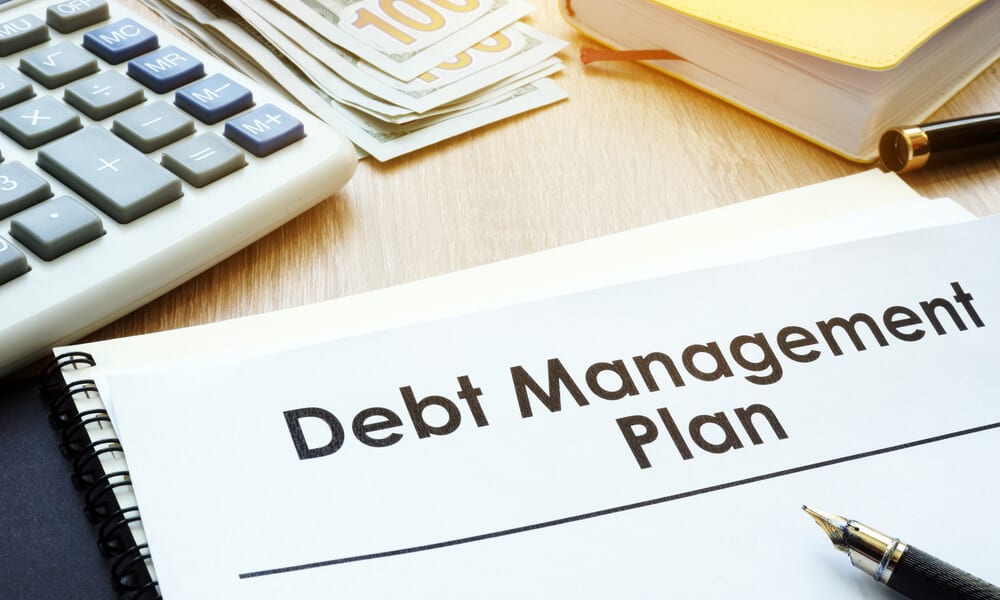What is Debt Management?
Debt management involves developing a plan to repay your debts in a way that ensures you meet your financial obligations while avoiding the risk of falling into a cycle of unmanageable debt. It can include negotiating terms with creditors, consolidating debts into a single loan, or seeking professional assistance to manage payments effectively.
Types of Debt
Before diving into specific strategies, it’s important to understand the different types of debt you may be managing:
Secured Debt: This type of debt is tied to an asset, such as a mortgage or auto loan. If you fail to make payments, the lender can repossess the asset.
Unsecured Debt: Unsecured debt includes credit card balances, medical bills, and personal loans, which are not tied to any specific asset.
Revolving Debt: This includes credit card balances where the borrower can borrow and repay repeatedly, such as with credit cards or home equity lines of credit (HELOC).
Installment Debt: This is debt that is repaid in fixed amounts over time, like a car loan or student loan.
Understanding the type of debt you have helps you make informed decisions on repayment options.
Strategies for Effective Debt Management
1. Create a Budget
A well-structured budget is the cornerstone of www.financially-digital.com. Tracking your income, expenses, and debts helps you allocate resources effectively and stay on top of payments.
Track your income and expenses: Categorize your expenses to see where your money is going.
Allocate funds for debt repayment: Prioritize debt payments based on interest rates or balances, with the goal of paying off higher-interest debts first.
2. Pay More Than the Minimum
Paying only the minimum on credit cards or loans can lead to prolonged debt and high-interest costs. Whenever possible, make larger payments toward the principal balance to reduce the overall amount of interest you’ll pay in the long run.
The avalanche method: Pay off debts with the highest interest rates first while maintaining minimum payments on others.
The snowball method: Pay off the smallest debts first to gain momentum and feel accomplished.
3. Debt Consolidation
Debt consolidation is a strategy that combines multiple debts into one loan, often at a lower interest rate. This can simplify your payments by reducing the number of monthly bills and potentially lowering your interest charges.
Consolidation loans: A personal loan used to pay off multiple high-interest debts, leaving you with one monthly payment.
Balance transfer credit cards: Some credit cards offer low or 0% interest for balance transfers within a promotional period. This can help you consolidate credit card debt with less interest.
4. Debt Settlement
Debt settlement involves negotiating with creditors to reduce the total amount owed. In exchange for a lump-sum payment (usually less than the total balance), creditors agree to forgive the remainder of the debt.
Pros: It may help reduce the total debt you owe and allow you to resolve financial obligations more quickly.
Cons: Debt settlement can negatively impact your credit score, and creditors may not always agree to settle.
5. Seek Professional Help
If managing debt on your own feels overwhelming, professional debt management services may be a solution. Credit counselors or debt management companies can help negotiate with creditors, consolidate debts, and create a structured payment plan.
Credit counseling: A nonprofit service that provides financial education, budget counseling, and assistance in managing debts.
Debt management plans (DMPs): These plans are typically offered through credit counseling agencies and help you consolidate unsecured debts into one monthly payment.
6. Refinancing
Refinancing involves taking out a new loan to pay off existing debt, often at a lower interest rate. It can be an effective way to manage mortgages, auto loans, and student loans.
Mortgage refinancing: If interest rates have dropped or your credit score has improved, refinancing your mortgage may reduce your monthly payments.
Student loan refinancing: Consolidating federal or private student loans can lower interest rates, but be careful—refinancing federal loans may cause you to lose federal protections.
How to Avoid Debt in the Future
While managing existing debt is essential, taking steps to avoid accumulating more debt in the future is equally important.
Build an Emergency Fund: Having a savings cushion can help you avoid taking on debt in case of unexpected expenses, such as medical bills or car repairs.
Live Within Your Means: Avoid overspending by living according to a budget that aligns with your income and financial goals.
Use Credit Responsibly: Pay off your credit card balances each month to avoid interest and late fees.
Educate Yourself About Finances: Take the time to understand credit, loans, and interest rates to make smarter financial decisions moving forward.
Conclusion
Effective debt management is essential for regaining financial stability and avoiding long-term financial distress. By following key strategies such as creating a budget, consolidating debts, seeking professional help, and avoiding future debt, you can take control of your finances and work toward becoming debt-free. Whether you use debt management plans, consolidation loans, or other strategies, the goal is to reduce the burden of debt and improve your financial health over time.
If you’re struggling with overwhelming debt, remember that there are options available to help you get back on track. Start by assessing your financial situation, considering debt management strategies, and seeking professional advice if needed to build a path toward financial freedom.



